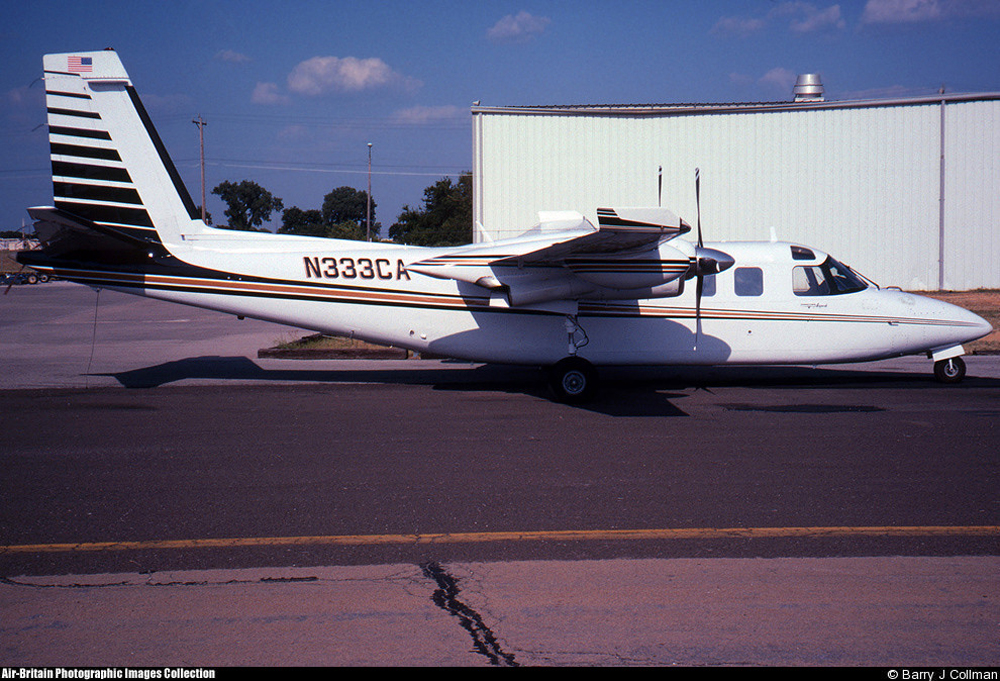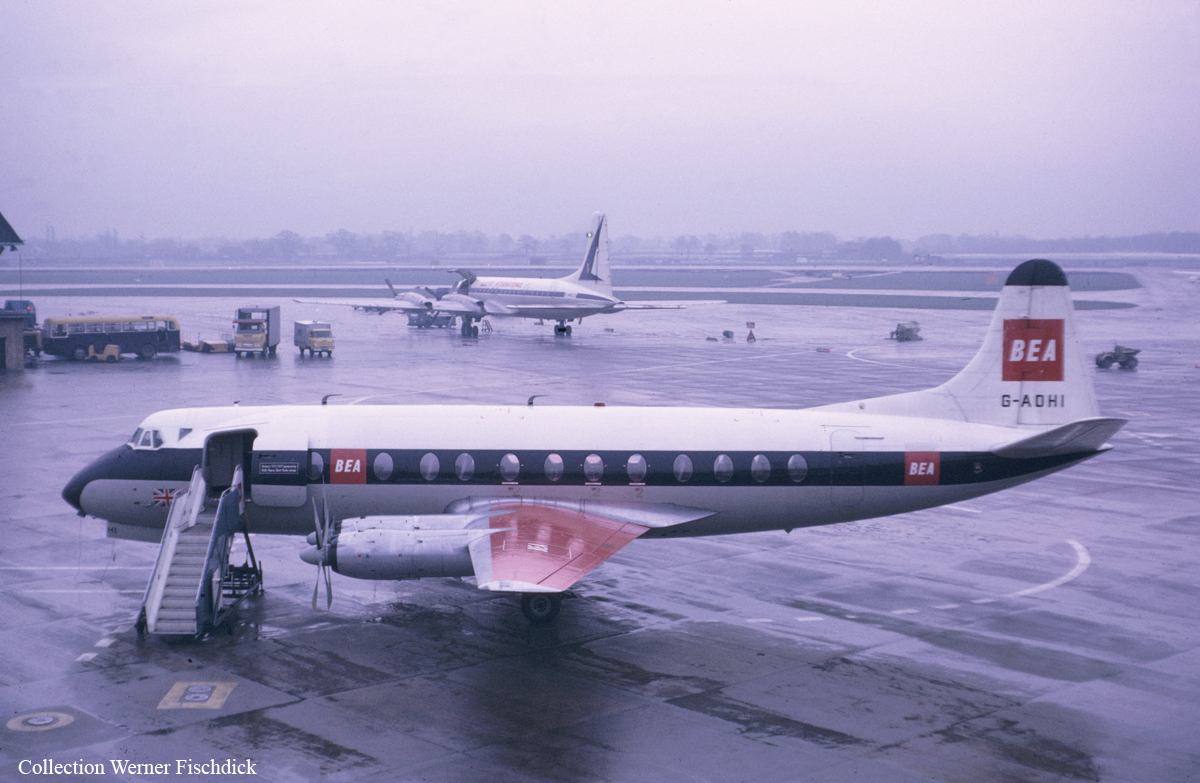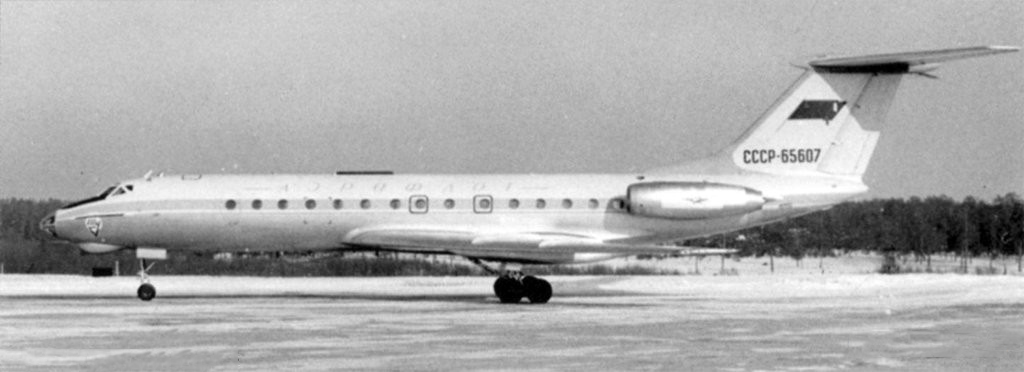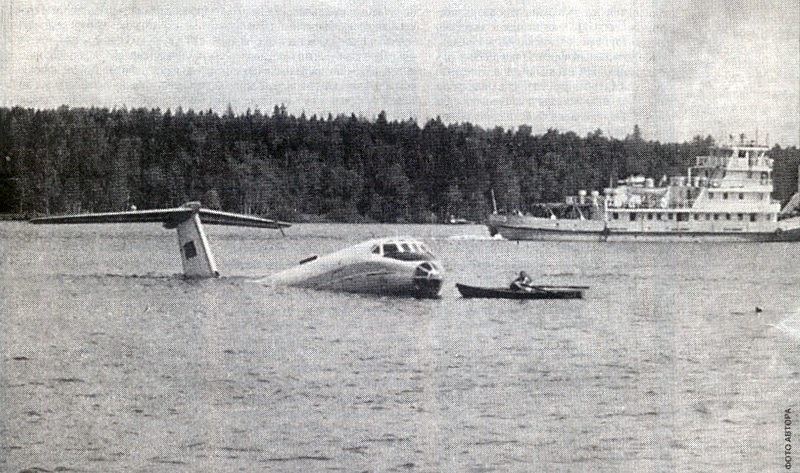Crash of a Rockwell Grand Commander 690A in Alex: 2 killed
Date & Time:
Aug 22, 1973 at 1420 LT
Registration:
N333CA
Survivors:
No
Schedule:
Oklahoma City - Oklahoma City
MSN:
690-11117
YOM:
1973
Crew on board:
2
Crew fatalities:
Pax on board:
0
Pax fatalities:
Other fatalities:
Total fatalities:
2
Captain / Total hours on type:
1944.00
Circumstances:
The crew left Oklahoma City-Wiley Post Airport on a local test flight. While in cruising altitude, the airplane disappeared from radar screens, dove into the ground and crashed in an open field. Debris scattered on a wide area and both occupants were killed.
Probable cause:
It was determined that the aircraft suffered an explosive decompression in flight following an incorrect use of equipment on part of the crew. The following factors were reported:
- Electrical systems: switches,
- Pressurization control and indicating system,
- Lack of familiarity with aircraft,
- Failed to use or incorrectly used miscellaneous equipment,
- Inadequate supervision of flight,
- Explosive decompression,
- The copilot selected uncovered pressurization dump switch,
- Different panel position on 690 model.
- Electrical systems: switches,
- Pressurization control and indicating system,
- Lack of familiarity with aircraft,
- Failed to use or incorrectly used miscellaneous equipment,
- Inadequate supervision of flight,
- Explosive decompression,
- The copilot selected uncovered pressurization dump switch,
- Different panel position on 690 model.
Final Report:


















